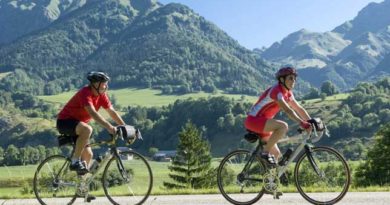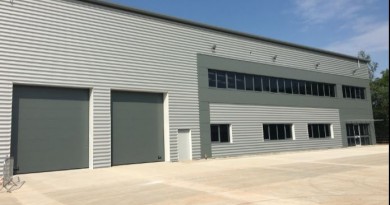Mountain bike trails bring significant economic benefit, shows study
A new body of research out of the University of Wisconsin River Falls Research Centre has attributed a $7.8 million annual economic benefit to local mountain bike trails spanning Bayfield to the Sawyer Counties in Northwest Wisconsin.
Conducted alongside the Chequamegon Area Mountain Bike Association from the summer of 2019 to winter of 2020, the study noted the significant benefit from people traveling in and out of the area, often staying for a few nights. 73% of respondents travelled in from outside of Sawyer and Bayfield Counties to ride. The median number of times riders had ridden the trails before was nine.
The majority of riders were affluent men of 45 and over; 61% had a six-figure income. Very often while in the area they would also engage in at least one other activity, which most often was either hiking or swimming.
It was not completely one-sided, however women represented 33% of the riders interviewed, suggesting that mountain biking in the area has reached a broader demographic.
This influx of ready to spend mountain bikers was tallied to represent $2.3 million in income for labour, plus $3.2 million in overall value. Anticipating to spend in the region of $200 a day while visiting, the boon the restaurants and accommodation accounts for a further $1.8 million in revenue.
Further reason to invest in decent bike parking and storage for out of town visitors comes from the finding that the income has a positive effect on growth of the workforce, estimated to be worth an additional 118 jobs.
The findings were delivered by a series of in-person interviews at the mountain bike trails, where riders were also asked their preferences on the trail type, riding styles and any dislikes they had about the overall experience of going away to mountain bike. Most commonly the dislikes were lack of toilet facilities, paired with requests for different trail difficulties and better signage.
A follow up online survey was optional, with this data added later in the process.
A bonus of conducting the study was a deeper understanding of usage of the trail network. The count tallied 38,000 riders during the season.
The effect is not isolated. Last week CI.N reported on the demonstrably positive impact of the EuroVelo network which in Europe has pulled more and more people as additional segments have developed.
According to data from EuroVelo and the European Parliament / The EU Cycling Economy (2016) study: “There are an estimated 2.3 billion cycle tourism trips in Europe every year with a value in excess of €44 billion, according to a 2012 study commissioned by the European Parliament. 20.4 million cycle tourists stay one or more nights en route, and these ‘overnight’ tourists spend around €9 billion annually.
“In addition, cycling tourism is linked to over 500,000 jobs in the EU, which is more than the steel and cruise industries.”



